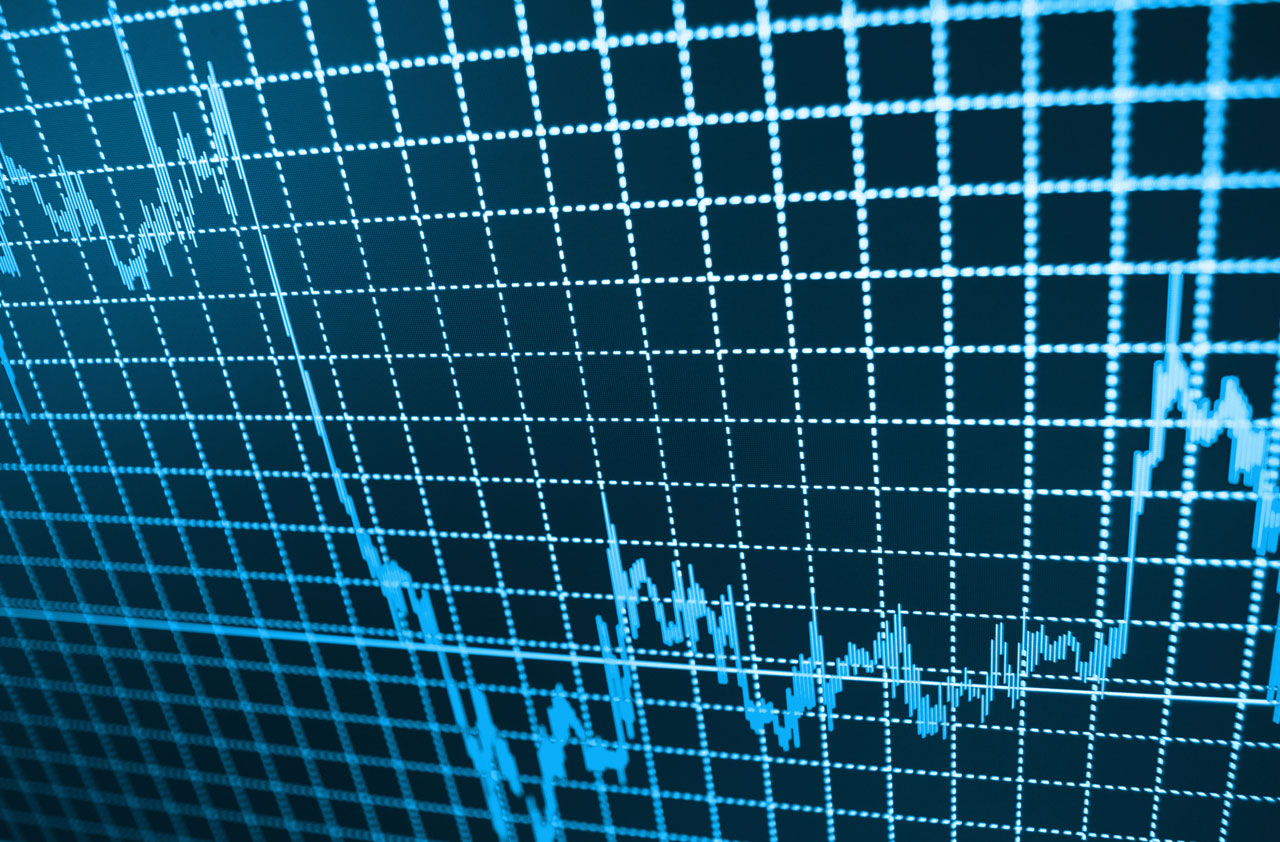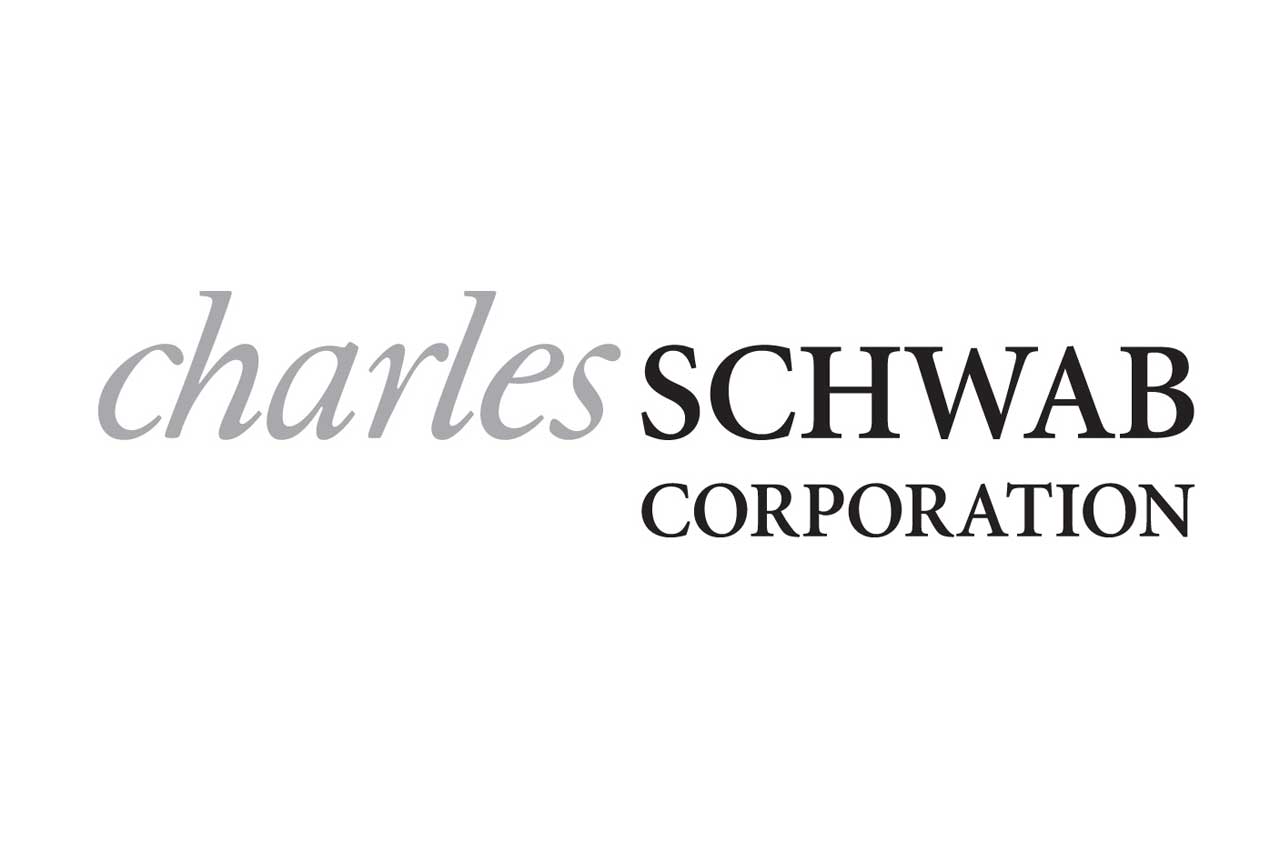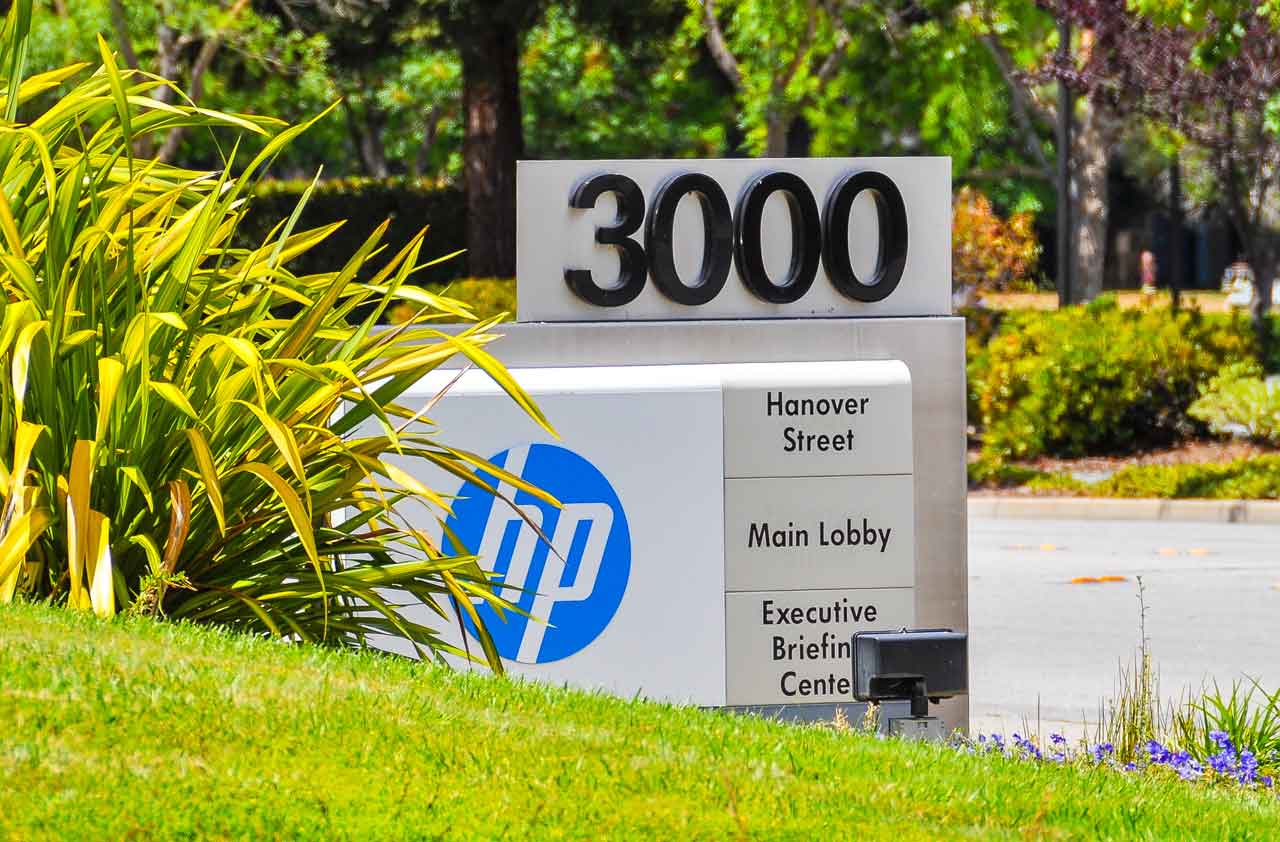5 Good Stocks to Buy While They Are Cheap
Energy stocks may be the biggest losers of the past year.


Energy stocks may be the biggest losers of the past year. But the market’s slide since early December has pulled down everything from banks to chemical companies. Some of the worst-performing sectors lately have been financials, health care and industrials—each tumbling more than the 5.1% decline in Standard & Poor’s 500-stock index in January. Overall, about one-third of companies in the index trade 30% or more below their 52-week highs, according to Citibank.
Stocks in areas such as athletic wear, finance and technology now look considerably cheaper, despite little or no change in their long-term outlooks. Analysts have actually raised their profit forecasts on some of these stocks. And although they could fall with the rest of the market, buying them at today’s prices should produce solid returns over the next year or two.
Check out five S&P 500 stocks that have become too cheap to ignore.
Disclaimer
All prices and yields are as of February 3. Price-earnings ratios are based on estimated earnings for the next 12 months.

Charles Schwab
- Price-earnings ratio: 18Dividend yield: 1.0%Amount below 52-week high: 31%
Discount broker Schwab (SCHW, $24.38), which oversees more than $2.5 trillion in client assets, is expected to generate $7.4 billion in revenues this year. Yet Schwab’s business faces some pressures. A falling stock market has dampened its trading revenue and pressured other parts of the business. And the shares have slumped because of concerns that interest rates may not climb as quickly as anticipated. (Higher rates would boost Schwab’s profits from money market funds, loans and other financial products.)
Even without higher rates, the stock looks compelling. Schwab took in $135 billion more in client assets in 2015 than it lost. That’s up 8% from 2014 and the fourth year in a row the company attracted more than $100 billion in net new assets. Its exchange-traded fund business and new robo-advisory service are thriving. And Schwab is expanding its base of customers who pay fees to have Schwab manage their money. Such “private client” assets hit a record $75.4 billion in the fourth quarter of 2015, up 4% from the same period a year earlier.
Wall Street sees profits climbing by 36% this year, to $1.32 per share. With Schwab making strides in many parts of its business, the stock could hit $32 over the next 12 months, says Credit Suisse analyst Christian Bolu, who recently raised his earnings estimates for each of the next three years.

HP Inc.
- Price-earnings ratio: 6Dividend yield: 5.1%Amount below 52-week high: 43%
- SEE ALSO: 5 Best Tech Stocks for Dividends, No FANGs Required
Tech giant Hewlett-Packard now consists of two companies. HP (HPQ, $9.65) focuses on printers, personal computers and mobile devices. The old HP’s other businesses—including corporate computing, software and services—are now part of a separate company, Hewlett-Packard Enterprises (HPE).
For deep-value investors, HP’s stock looks like a solid bet. Since the businesses split in November, HP’s shares have tumbled about 20%, giving the stock a ridiculously low P/E ratio of 6.
As bears see it, HP’s printer and PC businesses will never generate healthy profit or sales growth because of ongoing PC price wars in a largely saturated market. HP hasn’t helped its cause. Sales tumbled 8.3% and profits 8.5% in the 12-month period that ended in October.
Analysts don’t expect HP’s revenues to climb this year or next. But that doesn’t mean the stock can’t inch its way back up, says Larry Pitkowsky, comanager of the GoodHaven Fund (GOODX). HP remains the world’s second-largest PC maker (after Lenovo), and sales should revive as more businesses and consumers gradually upgrade to the Windows 10 operating system, which launched last summer. HP’s printer division, meanwhile, remains highly profitable, generating plenty of cash to help support other parts of the business.
With a dividend yield of about 5%, the stock price would only have to rise 5% to deliver a double-digit annual total return. And HP generates more than enough cash to buy back shares, cover its dividend and hike payments in the future. Over the next year or two, says Pitkowsky, HP “could sell at twice the current price.”

Monsanto
- Price-earnings ratio: 16Yield: 2.4%Amount below 52-week high: 29%
Strong agriculture production in recent years has depressed crop prices and demand for genetically modified seeds and herbicide made by Monsanto (MON, $89.50). Aiming to lift sales, the firm tried to buy pesticide maker Syngenta. But the Swiss firm rebuffed Monsanto’s offer and just agreed to a $43 billion takeover by a Chinese company. Meanwhile, Dow Chemical (DOW) and DuPont (DD) recently announced plans to merge and then combine their agriculture divisions into a separate company. For Monsanto, the upshot of all this could be a much tougher competitive landscape.
Yet Monsanto remains a top-tier player in agriculture, with an array of products in development and plenty of opportunities to expand globally. As the world’s population climbs, farmers will need to squeeze more crops out of every acre they plant. Monsanto’s seeds and herbicide products (which farmers use in tandem) help boost crop yields. Its Dekalb brand corn, for example, produces seven to 10 more bushels per acre than the national average. Mosanto is also rolling out a new generation of soybean seeds, and it has launched digital agriculture tools to help farmers lift production and profits.
Earnings are dipping because of the strength of the dollar against Latin American currencies such as the Brazilian real and Argentinian peso (which makes profits earned in those currencies worth less when converted to greenbacks). But analysts see earnings per share jumping 21% in the August 2017 fiscal year. With Monsanto’s strong lineup of products and “expanding competitive advantage,” the stock looks compelling, says Deutsche Bank analyst David Begleiter, who recently hiked his 12-month price target by $6, to $110 a share.

Under Armour
- Price-earnings ratio: 62Yield: 0%Amount below 52-week high: 22%
Athletic wear maker Under Armour (UA, $80.90), one of our top picks for 2016, recently traded in the upper $60s, well below its all-time peak of $104.10, reached last September 17. The stock jumped 23% on January 28, after Under Armour reported quarterly earnings that exceeded Wall Street estimates. Even in the low $80s, the stock still has plenty of upside, says Barclays analyst Matthew McClintock.
Over the next five years, the company should boost revenues at an annual clip of 26%, he estimates. Under Armour aims to achieve that goal by expanding aggressively abroad, hiking sales directly to consumers and opening more stores with partner companies. In the product arena, the company has branched out well beyond shirts and shorts for guys to categories such as women’s apparel, kids’ clothing and footwear. It has also invested heavily in “connected fitness” apps and products. The firm expects to generate more than $200 million in revenues from this business alone in 2018, up from $53 million in 2015. Given Under Armour’s rapid growth, its stock has never been cheap. Even with the stock off 22% from its high, it trades at a rich 62 times estimated 2016 earnings. But earnings are depressed in part because Under Armour plows almost all of the cash it generates into expanding the business. Yet the firm’s long-term growth trajectory should validate the stock’s valuation, says McClintock. He thinks the stock could reach $110 over the next 12 months.

Whole Foods Market
- Price-earnings ratio: 17Yield: 1.9%Amount below 52-week high: 50%
- SEE ALSO: How to Invest for the Coming Bear Market
With many grocers now selling organic and natural foods, Whole Foods (WFM, $28.64) has lost some of its competitive edge. The grocery chain’s net profit has slid for three years in a row, slumping to $536 million in the fiscal year that ended last September. Year-over-year sales growth at stores open at least a year—a key measure of performance in retailing—fell to 2.5%, from 8.8% in the 2012 fiscal year. In the quarter that ended in September, Whole Foods’ same-store sales turned negative.
The case for the stock is that business and profits have bottomed and should start to pick up. Aiming to capture sales from more price-conscious shoppers, the company is rolling out a new chain of stores that focuses on its less expensive, in-house brand, 365 Everyday Value.
Altogether, the firm plans to open about 30 stores in its current fiscal year, bringing the total to more than 460. To help boost profit margins, the company plans to slash $300 million in annual operating costs, and it aims to boost sales with new ad campaigns, online strategies and in-store marketing efforts. If all goes well, the firm says, same-store sales should stabilize in the next few months and turn positive over the summer. Even with the stock’s plunge in the past year, Whole Foods isn’t super-cheap, trading at 17 times estimated earnings. But that’s about half its five-year average P/E of 33. The stock should start to rebound if the grocer shows even modest progress in its revival plans.
Get Kiplinger Today newsletter — free
Profit and prosper with the best of Kiplinger's advice on investing, taxes, retirement, personal finance and much more. Delivered daily. Enter your email in the box and click Sign Me Up.

-
 Stock Market Today: Stocks Gain on Tech, Auto Tariff Talk
Stock Market Today: Stocks Gain on Tech, Auto Tariff TalkThe Trump administration said late Friday that it will temporarily halt tariffs on some Chinese tech imports.
By Karee Venema
-
 Sam's Club Plans Aggressive Expansion: Discover Its New Locations
Sam's Club Plans Aggressive Expansion: Discover Its New LocationsSam's Club expansion plans will open up to 15 new stores each year. Learn where they plan to open in 2025.
By Sean Jackson
-
 Stock Market Today: Stocks Gain on Tech, Auto Tariff Talk
Stock Market Today: Stocks Gain on Tech, Auto Tariff TalkThe Trump administration said late Friday that it will temporarily halt tariffs on some Chinese tech imports.
By Karee Venema
-
 Stock Market Today: Stocks Surge to Close a Volatile Week
Stock Market Today: Stocks Surge to Close a Volatile WeekIt was another day with a week's worth of both news and price action, but it ended on a strongly positive note.
By David Dittman
-
 Stock Market Today: Uncertainty Proliferates: Dow Loses 1,014 Points
Stock Market Today: Uncertainty Proliferates: Dow Loses 1,014 PointsWeaker-than-expected consumer inflation data wasn't enough to stabilize sentiment during another volatile day for financial markets.
By David Dittman
-
 Stock Market Today: Tariff Pause Triggers 3,000-Point Dow Rally
Stock Market Today: Tariff Pause Triggers 3,000-Point Dow RallyThe bond market is sending concerning signals as the Trump administration executes its rapid reordering of global trade relationships.
By David Dittman
-
 Stock Market Today: Tariff Talks Drive Another Up-and-Down Day
Stock Market Today: Tariff Talks Drive Another Up-and-Down DayTrade war negotiations are happening, but the "fear gauge" is gyrating, and investors, traders and speculators are still searching for signs of a bottom.
By David Dittman
-
 Stock Market Today: Trump Pushes Dow Into 2,600-Point Swing
Stock Market Today: Trump Pushes Dow Into 2,600-Point SwingTariffs and trade war weigh on prices across global financial markets, with little light at the end of the tunnel.
By David Dittman
-
 Stock Market Today: Dow Drops Another 2,231 Points to Hit a Correction
Stock Market Today: Dow Drops Another 2,231 Points to Hit a CorrectionThe Nasdaq Composite, meanwhile, entered a new bear market with its latest slide.
By Karee Venema
-
 Stock Market Today: Dow Dives 1,679 Points on Trump Tariff Shock
Stock Market Today: Dow Dives 1,679 Points on Trump Tariff ShockU.S. stocks lost roughly $3.1 trillion in market cap on Thursday – the biggest one-day decline since the start of the COVID-19 pandemic in March 2020.
By Karee Venema
